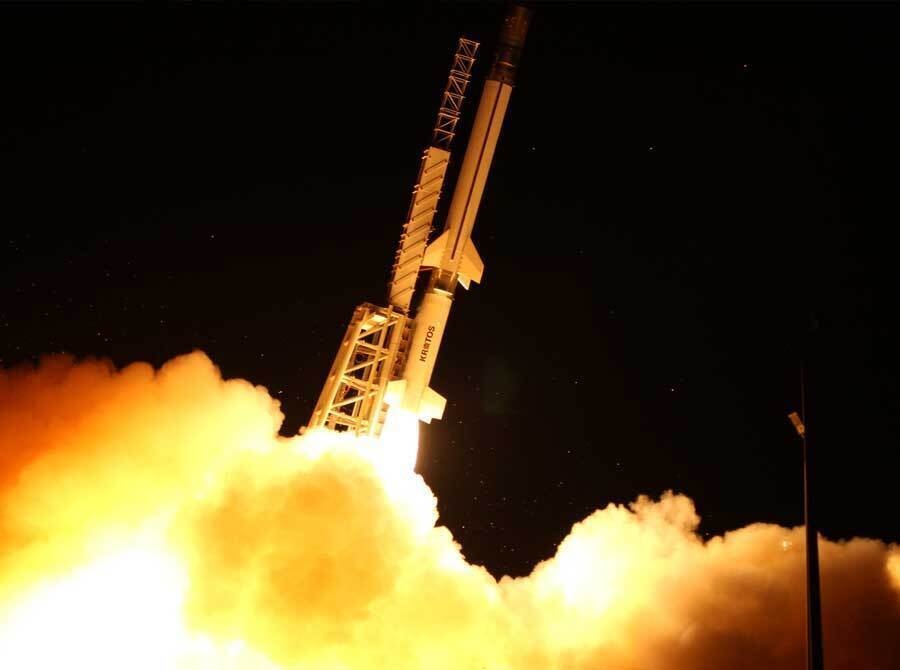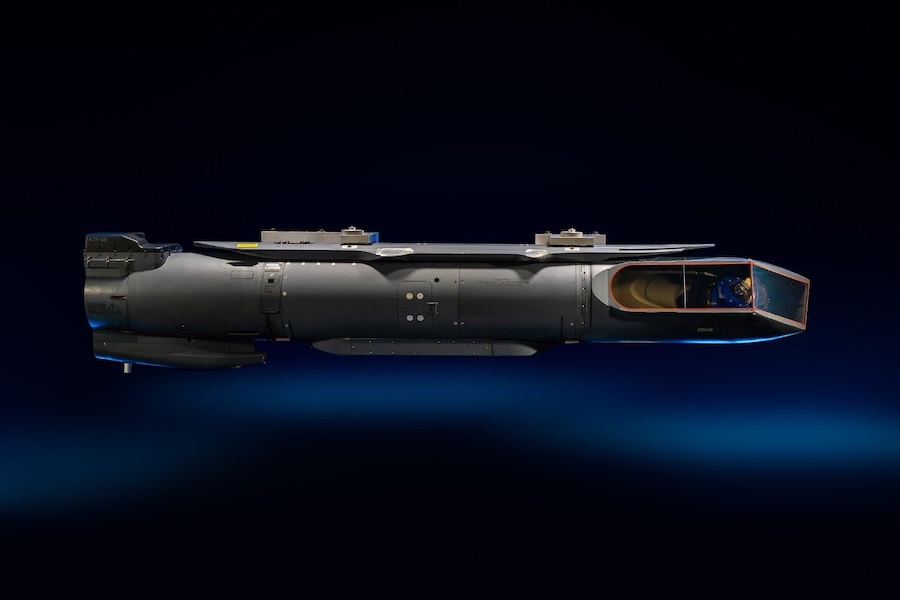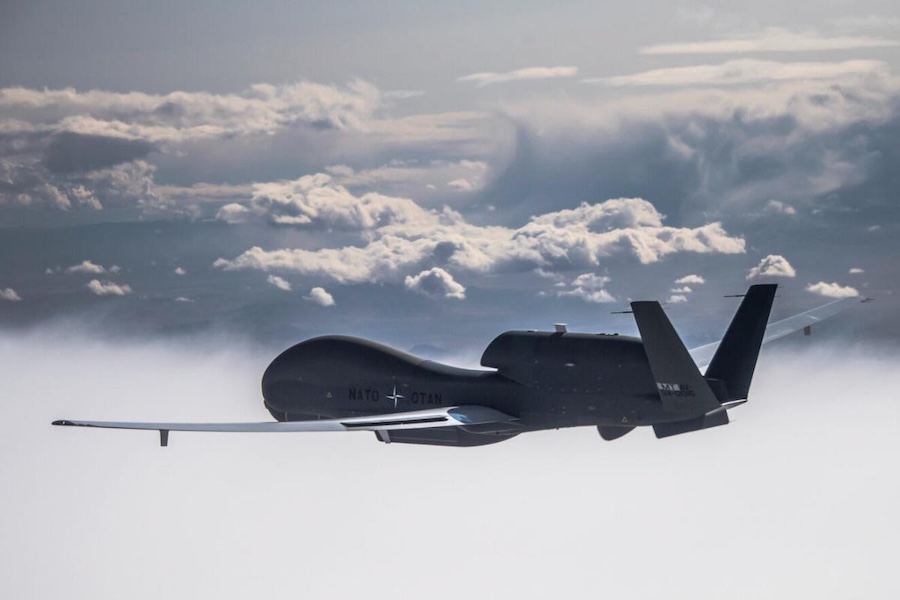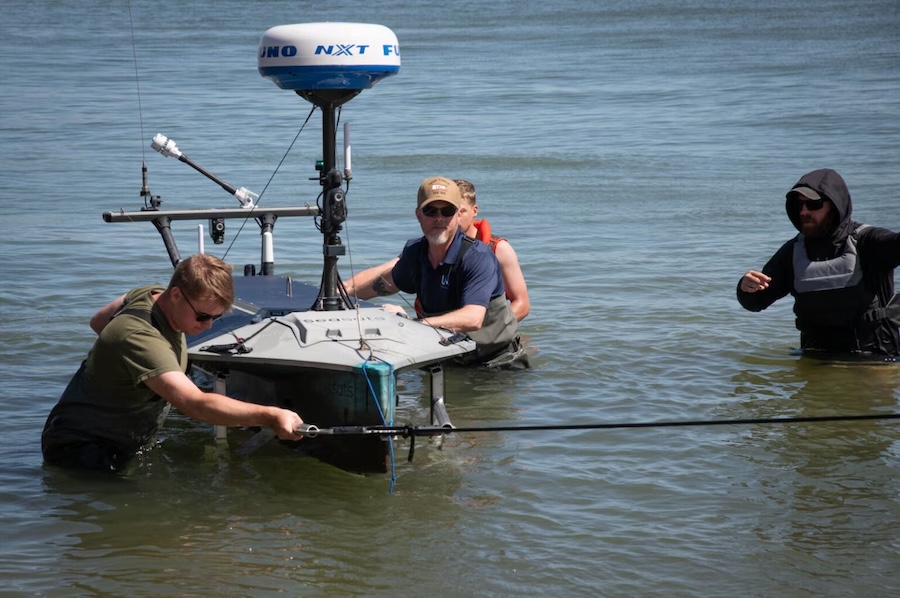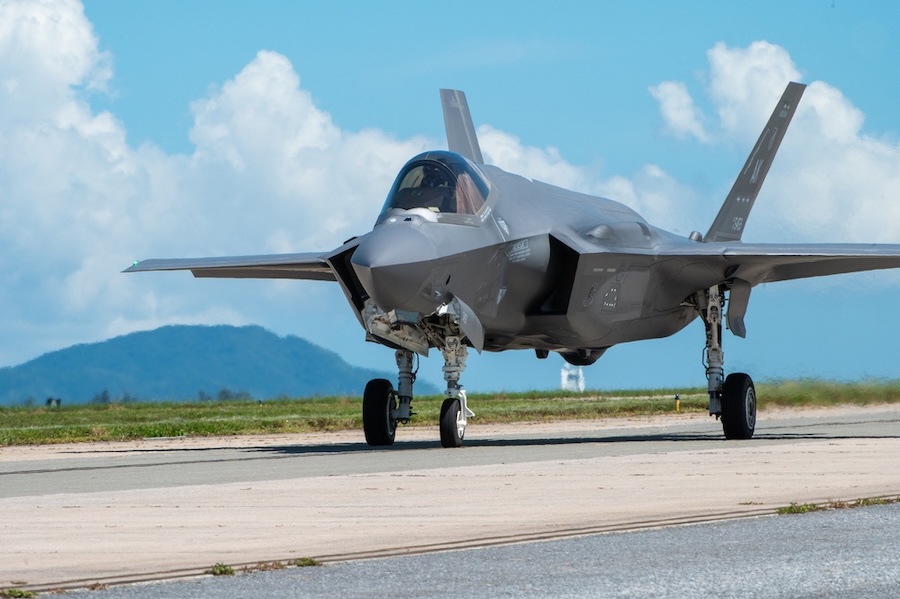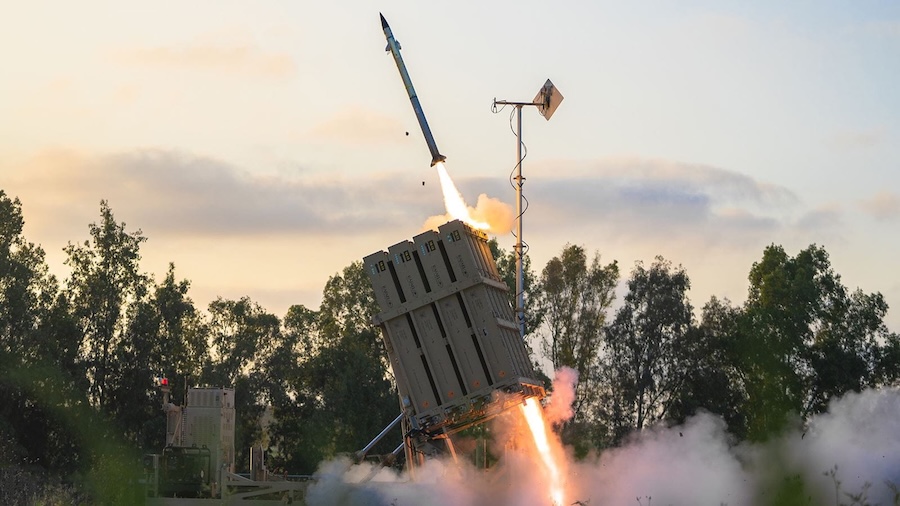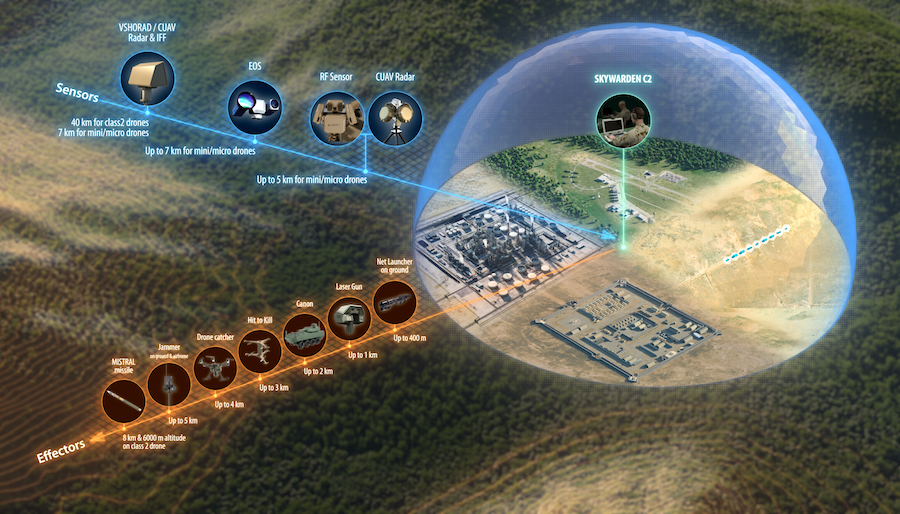According to media reports, the ET-LDHCM has a range of up to 1,500 kilometres and is powered by a scramjet engine capable of reaching speeds of up to Mach 8. This engine enables sustained hypersonic flight, enhancing the missile’s penetration and evasion capabilities.
The missile can carry a payload of between 1,000 and 2,000 kilograms and is adaptable for both conventional and nuclear warheads. Its low-altitude flight profile makes it more difficult to detect by enemy defence systems.
Designed for flexibility, the ET-LDHCM is compatible with land-based, sea-based, and air-launched platforms. This multi-domain launch capability expands the missile’s strategic utility and enhances India’s overall deterrence posture.
With the successful test, India joins an elite group of nations possessing indigenous hypersonic weapons technology. The development is intended to bolster India’s strategic deterrence, particularly in relation to regional adversaries Pakistan and China.
The ET-LDHCM significantly surpasses the performance of India’s current supersonic cruise missile, the BrahMos. By advancing hypersonic capability, India strengthens its long-range strike potential in a rapidly evolving regional security environment.














